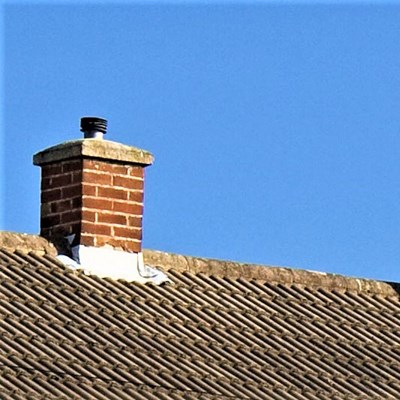A ground-breaking project to provide people in Leicester with real-time information about local air pollution from fine particulates is in its final stages of development.
Leicester City Council is working with locally based air quality expert EarthSense to carry out a detailed citywide study of the sources and concentrations of PM2.5 particulates and other pollutants.
PM2.5 refers to the tiny particles – less than 2.5micrometers in size – of dust, smoke, pollen and soot that can be found in the air we breathe. The pollution is generally linked to wood burning stoves, open fires, bonfires, waste burning and commercial emissions including restaurants and factories.
Exposure to PM2.5 at high levels, or over an extended period, has been linked to serious effects on health and an increased risk of developing cardiovascular and respiratory diseases.
Government funding of almost £250,000 has allowed the city council to deploy a network of eleven portable Zephyr® air quality monitors which will provide live information to EarthSense’s MyAir® pollution mapping software. This will help provide real-time information about spikes and concentrations of air pollution across Leicester.
Early trials of the project saw levels of PM2.5 pollution spike dramatically for short periods time – one to two hours – during the two days of Bonfire Night celebrations on 5th & 6th November 2020. Readings from the new monitors showed late-night levels of PM2.5 increase sharply to between 400 and 600μg/m3 (micrograms per cubic metre), before quickly returning to normal levels.
Current national guidelines set a maximum annual average for PM2.5 at 25 μg/m3. There are no limits sets established for daily or hourly levels. The World Health Organisation recommends that annual average levels of PM2.5 should not exceed of 10μg/m3.
Leicester’s most recently recorded annual average for PM2.5 was below 11μg/m3.
Initial data from the new network of air quality monitors also indicated elevated levels of fine particulate pollution – of up to around 25μg/m3 – during the late evenings in early-December. This is likely to be due to an increase in people using wood burning stoves and open fires in their homes on cold winter nights.
Deputy city mayor Cllr Adam Clarke, who leads on transportation and environment, said: “This ambitious project will play a vital role in helping us build a clear picture of the sources of PM2.5 pollution, which parts of the city are most affected and the impact that domestic wood burning is having on local air quality.
“We are already making huge progress in improving air quality, with nitrogen dioxide at the lowest levels we’ve ever seen in the city. There may be no current requirement to monitor PM2.5, but this important study will put us ahead of the curve and help us take decisive local action to tackle the potentially its harmful effects.
“It’s fantastic that we have been able to benefit from the skills, expertise and knowledge of our local partners EarthSense. It’s a great example of the city’s shared commitment to achieving Healthier Air for Leicester.”
EarthSense is based at Leicester’s Pioneer Park. It specialises in the monitoring and modelling of air pollution to provide policy makers and city planners with near real-time insight to support decision-making.
Dr Roland Leigh, Technical Director at EarthSense, said: “Solid fuel burners can contribute significantly to particulate pollution in our cities with the potential to worsen serious health problems. Making use of our MappAir® model and Zephyr® sensors will provide Leicester City Council with a holistic understanding of air pollution and how domestic stoves, in particular, could contribute to potentially harmful concentrations.
“We now want to develop this project to provide the public with live data that will allow them to make informed decisions about the use of their stoves or open fires on days where pollution in likely to be high. By providing improved guidance on the potential dangers of burning wood and its impact on air quality, we hope people will do their bit in helping minimise smoke emissions.”
An interactive map is also being developed. This is intended to make it easy for people for access up-to-date date on local PM2.5 and expert guidance on wood burning.
In June 2018, the city council declared the whole of Leicester as a Smoke Control Area, under a new Smoke Control Order, to help limit pollution from smoky fuels like coal and wood.
Under the Clean Air Act 1993, emitting smoke from the chimney of a building in a Smoke Control Area can result a fine of up to £1,000.
This means that people should only use certified wood-burning stoves and burn authorised smokeless fuels.
